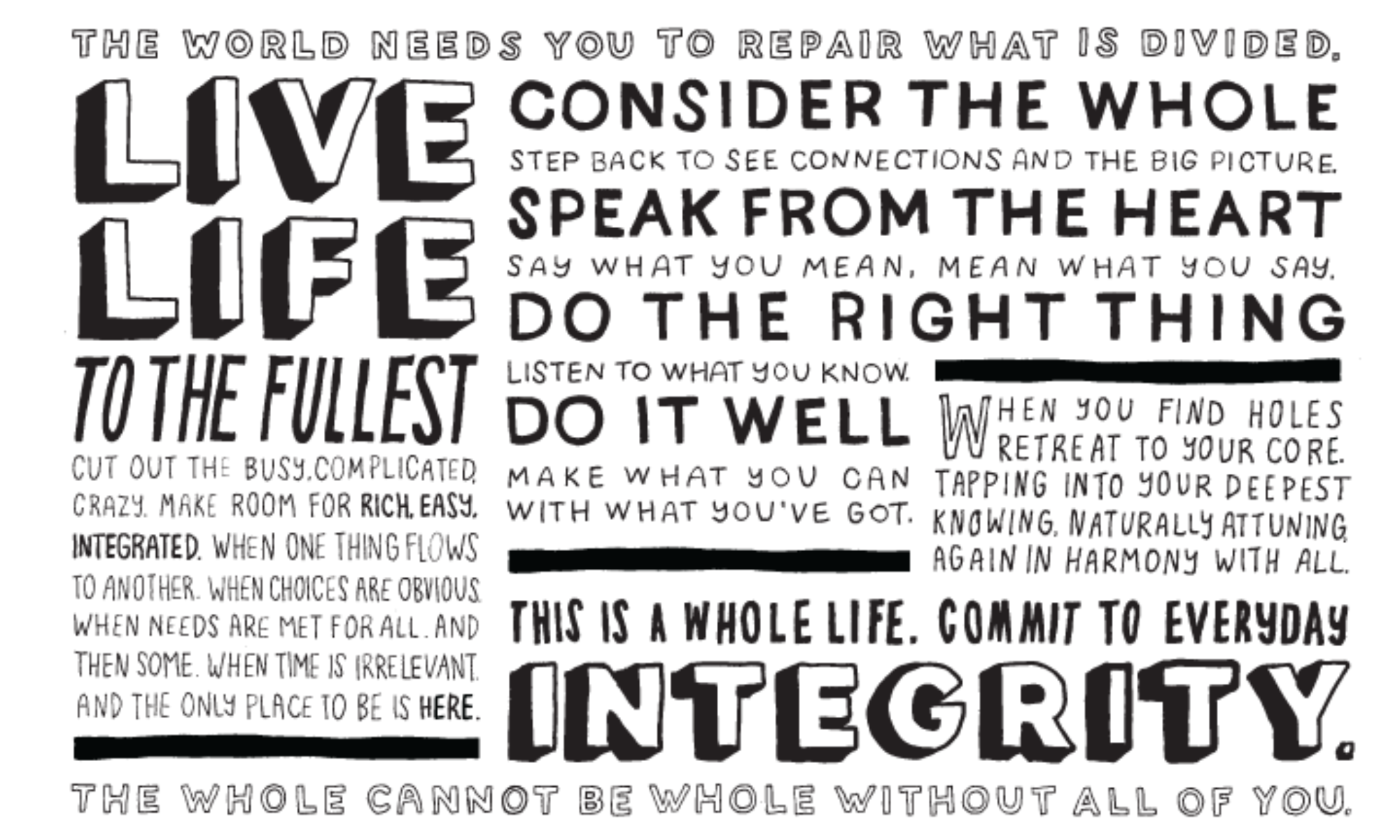As I lay in the hammock this morning at a remote campsite in the Columbia River Gorge, I watched a tiny lizard scurry up the bark of a tree. I felt the warmth of the sun sneaking between the oak leaves and pine needles above. I heard the birds chattering from tree to tree. I wondered: does nature have good days and bad days? Of course not.
The truth is: there are just days.
Not the one-day-after-another monotony that we think of as “just days.”
24-hour periods marked by midnight. A continuous cycle without significance unless it’s disrupted by a major milestone like a wildfire. Or a flood.
Somewhere along the way, I grasped onto the belief that there are good days and bad days. And I’ve been holding on to that idea ever since. A series of good days or good weeks was a successful trend. One bad day reset the ticker. For a while, I tried reframing the belief as “on” days and “off” days. But ultimately, off days still didn’t feel good. Whether physically, mentally, emotionally, spiritually—definitely energetically—they felt bad.
“Our thoughts are often reactions to our experience of the moment. We can be very quick to judge things as good or bad according to whether we find them pleasurable or painful. For most of us this is a very strong habit,” wrote mindfulness practitioner Nancy Bardacke.
A very strong habit indeed.
In the intensity of the last couple of months, I noticed this old habit popping up. Good days and bad days.
And yet, once in nature, perspective is restored.
While I was exploring the basalt cliffs and grassy fields of Washington throughout the weekend, I kept thinking about nature time. Or rather the lack of “time.” Along the trails, I read interpretive signs about the Missoula Floods that submerged parts of the Pacific Northwest for 55-year periods multiple times over the course of 2,000 years, some 15,000 and 13,000 years ago. Nature didn’t count these years, nonetheless the months, weeks or days, even though it’s evident in the geologic record.
Nor experience these periods as endless bad days.
It simply adapted.
Cliffs were carved away, waterways were created, animals found ways to relocate.
It is fascinating how we as humans complicate the simple state of being:
In the moments that add up to every one of our days—there is pleasure and pain, feelings and thoughts, luck and misfortune. And underneath all that is the steady, constant life force of being. The only thing to do: experience it all one day after another. Live the day.
The cancellation of my team’s first Mt. Hood climb date last Monday was a reminder: the weather can’t be scheduled. Just like discomfort can’t be avoided. Days with discomfort or disappointment or frustration aren’t bad days. They’re just days.
Not to be survived, but to be lived.
Resisting only makes it worse.
As Eckhart Tolle wrote: “Whatever the present moment contains, accept it as if you had chosen it. Always work with it, not against it.”
This is what nature does without even trying.
Our new climb date is this Wednesday, which means I may be standing on the highest point in Oregon as West Coast folks sip their first cup of coffee on Thursday morning.
Yes, that would be an extra-ordinary day.
And, if I wake up in my bed at that time on Thursday, it will be a day too.
May you chose every single moment this week, whether you like it or not.
Love,
Jules
I share a lesson learned about integrity every Monday. Sign up for delivery right to your inbox. Want more? There’s lots more lessons learned here on my blog, so have fun exploring and commenting about your own insights!

